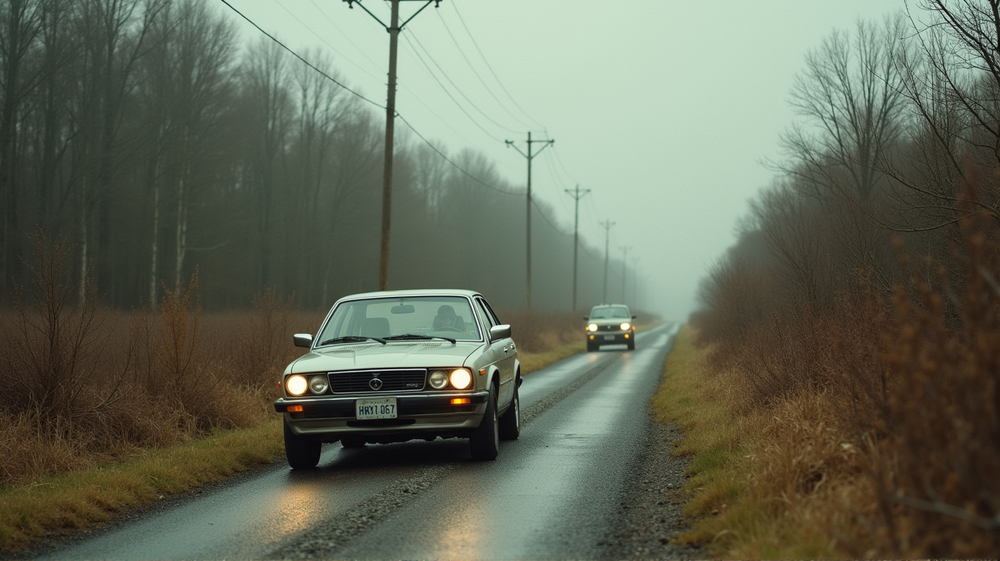In our modern era of technology, navigating using GPS apps like Google Maps has become second nature for many drivers. But when does a helpful tool become a potential hazard? According to Android Police, one seasoned technology journalist, Andy Boxall, shares his love-hate relationship with Google Maps, highlighting a concerning flaw that could spell trouble for your car.
The Frustration of Narrow Roads
In Andy’s accounts, he often finds himself on nerve-wracking narrow rural roads, prompted by Google Maps’ notorious determination to save time at any cost. Those single-lane paths are picturesque but pose a great threat to his vehicle. “I hate you, Google Maps!” he exclaims quite often—not without reason—while navigating these tight spaces designed for plodding tractors and delivery vans.
The Risk to Your Vehicle
Have you ever felt your heart race while dodging ditches, rocks, and oncoming farm vehicles on unfamiliar terrain? That’s because Google Maps’ penchant for saving a few precious minutes can push drivers into potentially perilous routes that compromise their car’s well-being. Scratched paint, cracked rims, and shredded tires become an all-too-real possibility on these paths less traveled.
The Universality of the Issue
This Google Maps quirk isn’t restricted to Andy’s rural UK neighborhood. Drivers worldwide experience the same guidance towards these lesser-known, shortcut roads, especially when apps like Waze or Apple Maps agree on the route. The obsession with time-saving seemingly blinds the algorithms to the risks faced by different vehicles on such unsuitable roads.
A Simple Request: An “Avoid Single-Lane Roads” Option
The solution appears straightforward: introduce an option to bypass single-lane routes or prioritize major roads like A and B roads in the UK. Such settings would grant users the ability to choose between speedy arrivals and road safety, enhancing the app’s flexibility.
Is Change Possible?
Awaiting response from GPS navigation creators regarding Andy’s suggestion, will this plea for user-centric features be acknowledged, ushering us into safer travel amidst the scenic landscapes? A small adjustment, in consideration of varied driving conditions, could redefine the Google Maps experience for millions—saving time while safeguarding our valued automobiles.
It’s a proposal that Andy Boxall and countless others hope will materialize soon, keeping both travelers and their vehicles safe from unintended dangers. Until then, a traditional paper map might just offer a welcome sense of security on those long, scenic drives.













